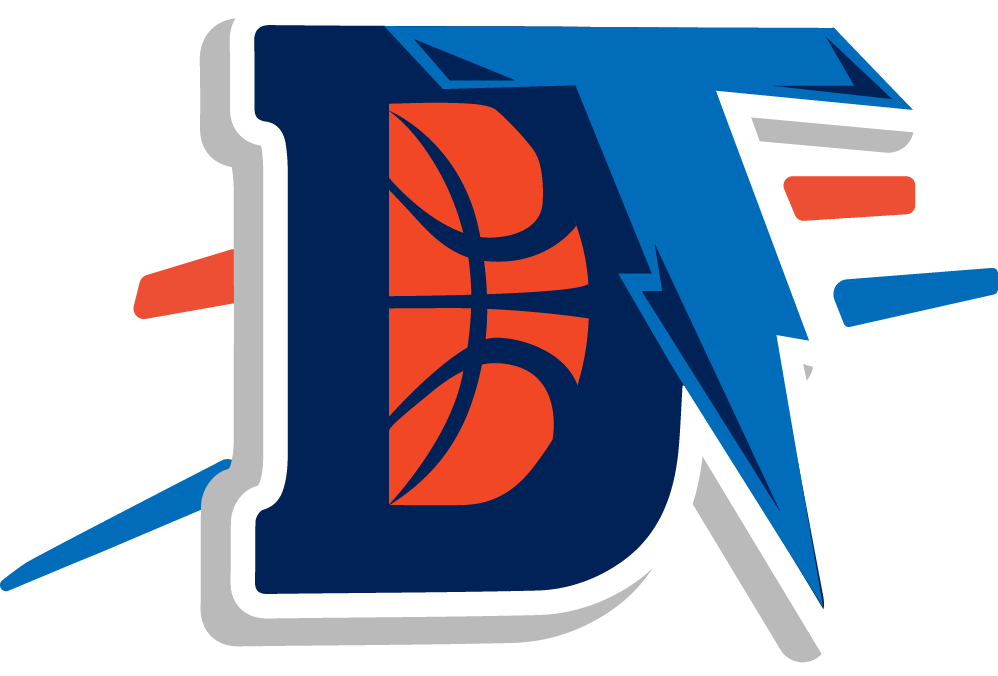ThunderNumbers: Visualizing Success – Team Similarity Diagrams

Please note: the comparisons were generated using stats through Friday’s games. I don’t think they would have changed much over the weekend, but keep it in mind.
In my last article, I used statistical similarities to look at how this season’s Thunder and other NBA teams compared to past NBA teams, and used those comparisons to look at how the 2011 teams may fair in the second half and playoffs. A lot has changed in the NBA since I posted that article, with the Thunder going on a bit of a hot streak before cooling off recently, so I wanted to take a renewed look at the comparisons, using network diagrams to help illustrate my points.
To make the network graphs, the closest three comparisons for each team from 1981-present were made into “connections”, and an algorithm was used to arrange the connected teams as close together as possible. You will see that, in general, good teams cluster with other good teams and bad teams group together, too, which is a positive sign that the method is working well. Additionally, teams with unique systems, like Utah under Coach Sloan and the flex offense, group together remarkably (above).
It should be noted, however, that this graph is attempting to put the 50+ dimensions of team statistics (all used for the similarity distances) onto a 2 dimensional plot, so there is an oversimplification that naturally occurs. While it’s highly likely that teams that share common comparable “neighbors” are also similar, it’s not guaranteed. A note on how the graphs were formatted: size is proportional to winning percentage, and color is associated with playoff performance, NBA champions are pictured in gold, runners-up in green, playoff teams in blue, and current 2011 teams in red.
The first thing to notice from the network graphs is that over the past month the Thunder’s comparisons have grown more favorable. Despite the Thunder being 9-6 over the last month (about on the same pace as before, including the last two OT wins vs. poor teams), the teams that are most similar to the Thunder have become more flattering. This can be seen by the network diagram close-ups shown above. The Thunder is no longer surrounded by many non-playoff teams, which they were in December. The Thunder have moved away from the cluster of Wizard’s mid-00s teams that I was so worried about before, and toward OKC’s 2010 team.
A lot of other decent playoff teams show up nearby, like the mid-00s Denver teams with Melo and AI, and two conference champions (although they are probably two of the weakest conference champs ever). The ’10 Thunder team still isn’t within view, which is surprising considering the lack of roster turnover, but not surprising considering the differences in playing style from last season to this year. The ’10 Thunder had more promising teams comparisons, with the surrounding teams having a greater winning percentage (size) and more success in the playoffs (two teams nearby were runners-up and two won the championship). This highlights just how good of a team the Thunder was last year, and lends more statistical credence to the fact that the Thunder has slipped in performance from last year, even if that is not seen in the wins column.
The network graph can also give us some insight into which teams might be the most legitimate contenders for the NBA championship this spring. The plot shows a few areas with a high concentration of championship and runner-up teams and with other great teams surrounding them. So who shows up in those key areas this year? Miami, L.A., Orlando, San Antonio, and Dallas appear in the “championship region” with the Lakers seeming to be surrounded by the most championship comps.
The network graphs are really interesting, and show a lot of compelling data/trends. I encourage you to look around in the network graph files for yourself, and see if you notice anything I missed. Let me know in the comments if you’ve found anything of note!
NBA team network diagram 2011 (you can zoom): recommended: (.png) also: (.pdf)
If you’re interested in checking out individual player comparisons, check out an excellent post at the old Arbitrarian blog. It hasn’t been updated in two years, but still one of the most innovative NBA stats blogs on the web.
